The Great Comet of 1811, formally designated C/1811 F1, is a comet that was visible to the naked eye for around 260 days, the longest recorded period of visibility until the appearance of Comet Hale–Bopp in 1997. In October 1811, at its brightest, it displayed an apparent magnitude with an easily visible coma (the aura around the comet itself).
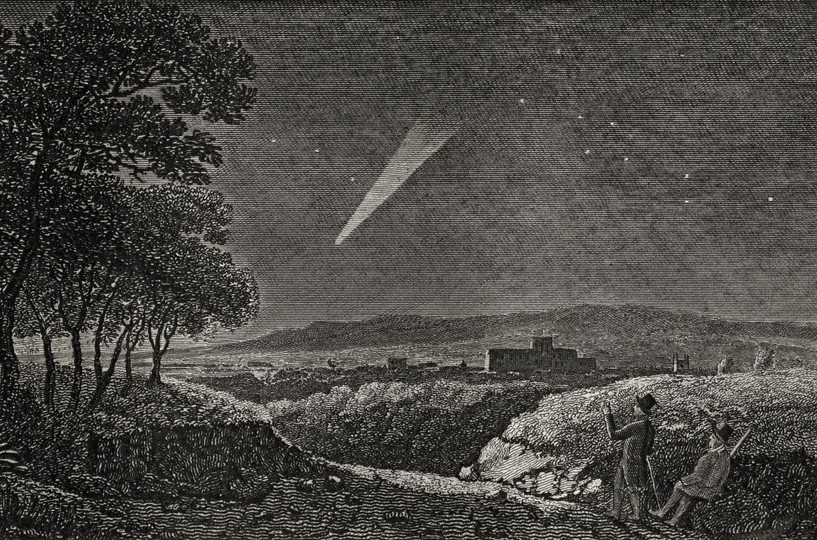
At the midpoint of War and Peace, Tolstoy describes the character of Pierre observing this "enormous and brilliant comet [...] which was said to portend all kinds of woes and the end of the world." The comet was popularly thought to have foretold Napoleon's invasion of Russia (even being referred to as "Napoleon's Comet") and the War of 1812, among other events.
In Natasha, Pierre & The Great Comet of 1812, Pierre witnesses the comet. When asked why the comet made it into the title of the show, the composer Dave Malloy said it was for "for cosmic epicness.”
The year 1811 turned out to be particularly fine for wine production, and merchants marketed "Comet Wine" at high prices for many years afterwards. Even some fifty years after the harvest, John Timbs wrote in 1862, “Who has not heard of the comet wine of 1811?” Just over a decade later Charles Hindley defined “comet wine” as one “of superior quality”. He noted that this was perhaps “because the comets themselves exercise some chemical influence on them.”
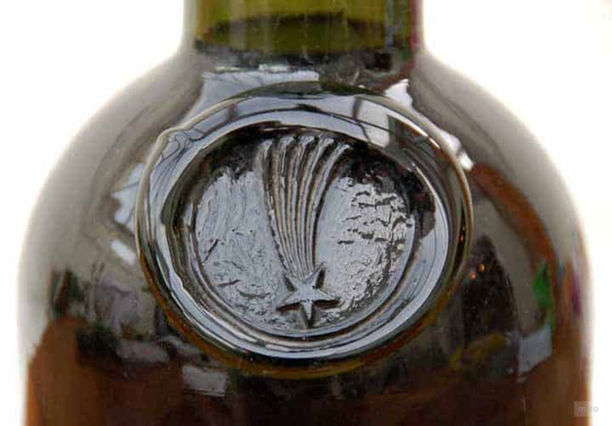 The Great Comet is mentioned in Pan Tadeusz by Adam Mickiewicz; and in Les Misérables by Victor Hugo. The Shawnee military leader Tecumseh, whose name was translated as "shooting star", claimed the appearance of the comet as a favorable omen to expand his pan-Native American alliance.
The Great Comet is mentioned in Pan Tadeusz by Adam Mickiewicz; and in Les Misérables by Victor Hugo. The Shawnee military leader Tecumseh, whose name was translated as "shooting star", claimed the appearance of the comet as a favorable omen to expand his pan-Native American alliance.


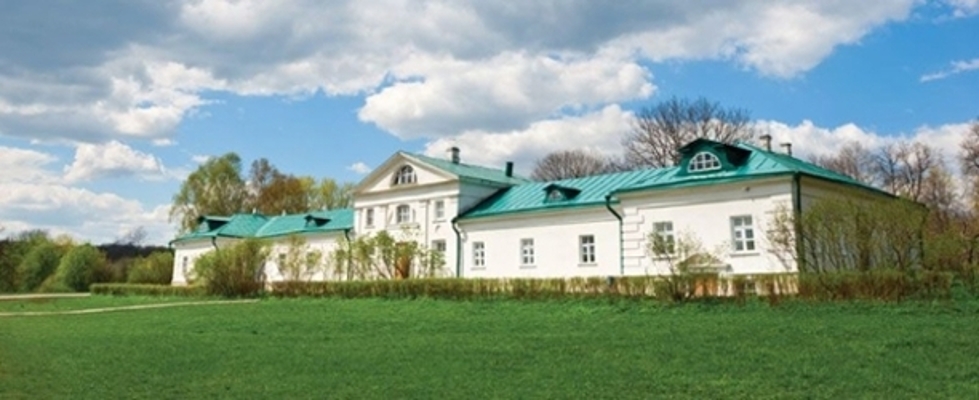
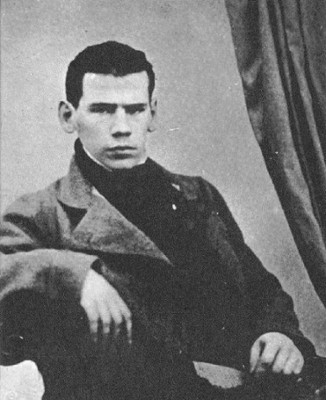

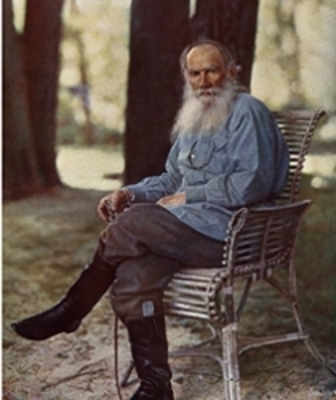
 War!
War! 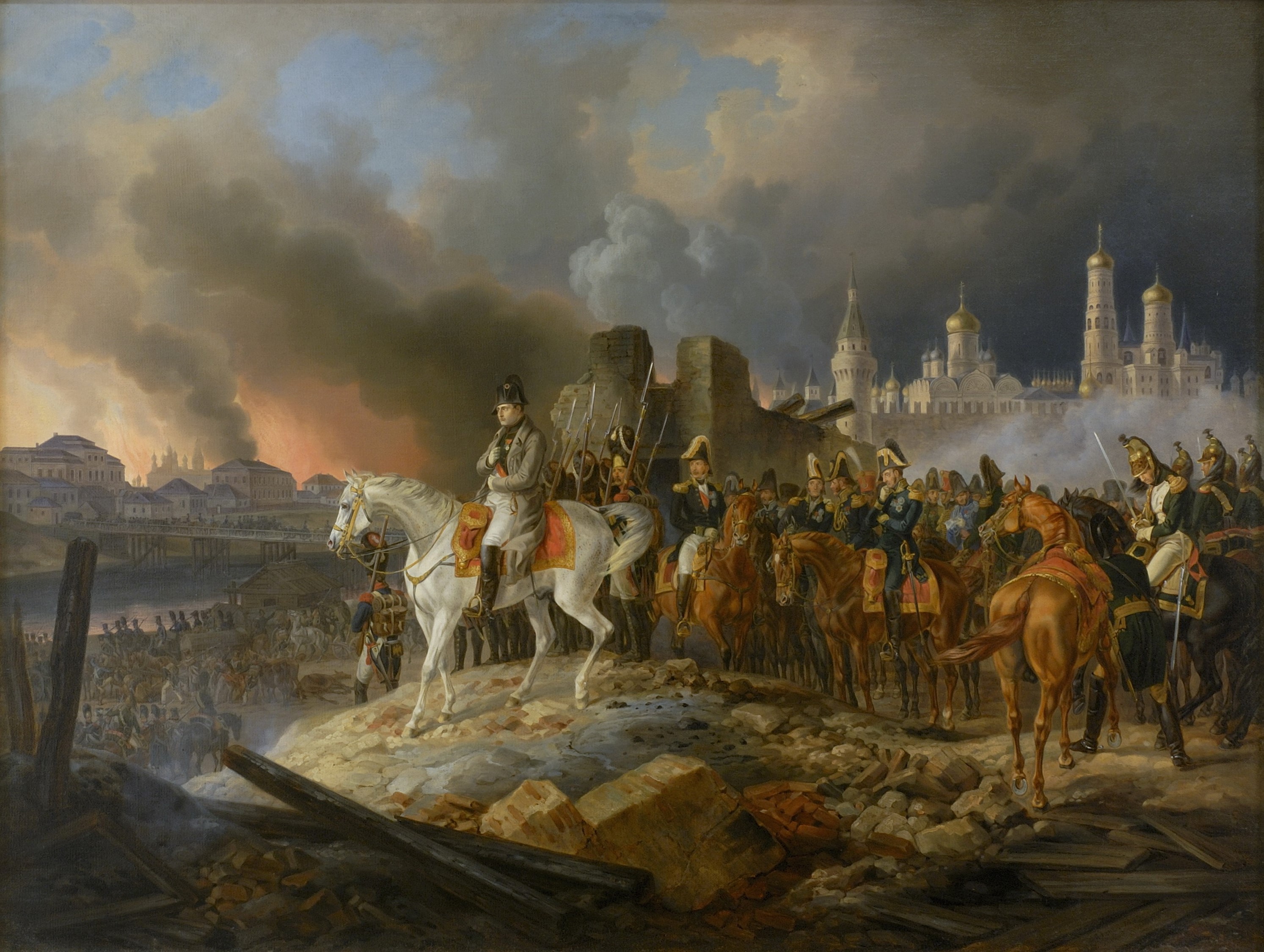
 All eyes on the Great Comet
All eyes on the Great Comet
 The Great Comet is mentioned in Pan Tadeusz by Adam Mickiewicz; and in Les Misérables by Victor Hugo. The Shawnee military leader Tecumseh, whose name was translated as "shooting star", claimed the appearance of the comet as a favorable omen to expand his pan-Native American alliance.
The Great Comet is mentioned in Pan Tadeusz by Adam Mickiewicz; and in Les Misérables by Victor Hugo. The Shawnee military leader Tecumseh, whose name was translated as "shooting star", claimed the appearance of the comet as a favorable omen to expand his pan-Native American alliance.  Sturgeon were not originally fished for their roe. The fish were caught and eaten just like any other, but the fisherman found that many of the female sturgeon were filled with roe. Not wanting this slightly salty by-product to go to waste, the fishermen ate it, often using it as a flavoring on their porridge or simply eating it by the bowlful. Cereal bowl of caviar, anyone??
Sturgeon were not originally fished for their roe. The fish were caught and eaten just like any other, but the fisherman found that many of the female sturgeon were filled with roe. Not wanting this slightly salty by-product to go to waste, the fishermen ate it, often using it as a flavoring on their porridge or simply eating it by the bowlful. Cereal bowl of caviar, anyone?? The College of Arts
The College of Arts